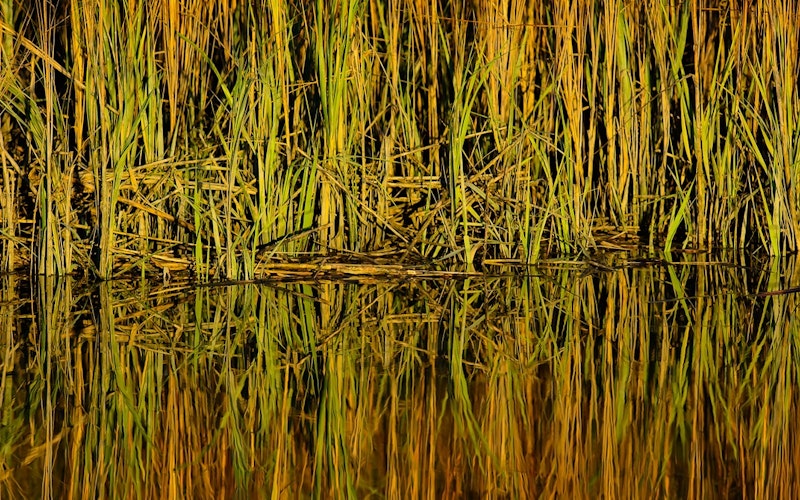
Culture At Large
A new Noah’s ark? How about a renewed Garden of Eden
Amid an apocalyptic July, in which terrible events evoked the book of Revelation, it was comforting to see the book of Genesis figure in the news on at least two occasions. On July 7, the Ark Encounter in Williamstown, Ky., opened to the public. And on July 17, the Iraqi marshlands, which lie at the confluence of the Tigris and the Euphrates rivers and are thought by many scholars to be the location of origin for the Garden of Eden, received designation as a World Heritage site by the United Nations Educational, Scientific and Cultural Organization (UNESCO).
It’s a safe bet that more people heard about Ark Encounter, not least because it involved a face-to-face encounter between Ken Ham and Bill Nye, “the Science Guy.” The $102-million project is designed to complement the Creation Museum just 40 miles down the road. The attraction stokes the visual senses with a stunningly gargantuan wooden ark meant to persuade the public that Genesis 6 through 9 is a literal story befitting an awesome God who hates evil and rewards the righteous. An ark holding every type of animal is more than possible – we’ve built one! If only we could float it and prove its flood-worthiness!
Not quite so stunning, at least in visual terms, are the Iraqi marshlands. Originally extending some 3,500 square miles, the marshlands are an ecological oasis in the arid geography of the Middle East. Their fertility and productivity for native plants, fishes and migratory birds speak eloquently of days three and five of the creation story. Humans don’t do badly there either.
These marshlands possess their own creation-fall-redemption-restoration narrative.
These marshlands possess their own creation-fall-redemption-restoration narrative. For millennia they served as a cornucopia at the juncture between water and land. But like most wetlands, their productivity belies their fragility. It proves dismayingly easy to disrupt the water supply and at various times throughout history conquerors and despots have diverted water. In the 1990s, facing rebellion, Saddam Hussein drained the marshes, reducing their size to a mere 290 square miles. Now, after Hussein’s fall and the breaching of dams by local authorities, approximately 40 percent of the marshlands have been restored.
Christian sensibilities frequently turn cultural conventions on their heads, so let me suggest that the UNESCO designation of the marshlands of Iraq is a much more Biblically profound act than that of building a replica ark in northern Kentucky. If humanity’s two original callings were to name the animals and to serve/keep the garden, then protecting marshlands and their myriad species is a gloriously human vocation.
As chronicled in the 2015 documentary The Messenger, songbirds are under survival pressure from habitat loss, especially on their migratory routes. Marshlands are key stopping points for birds that fly thousands of miles in their peregrinations. (A proper pun if there ever was one!) I wonder: of the 130 exhibits in the Ark Encounter, is there one that encourages visitors to actively support organizations such as A Rocha International (Christian) or the World Wildlife Fund (secular) in their efforts to save species and protect habitat? If the theological point of the flood narrative is to highlight God’s commitment to creation, then I’d suggest we’d be serving Him more faithfully by directing $102 million to places such as those.
Topics: Culture At Large, Science & Technology, Environment, Theology & The Church, The Bible, Theology, News & Politics, World